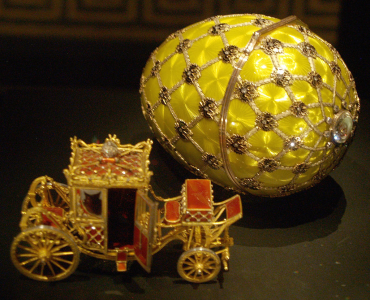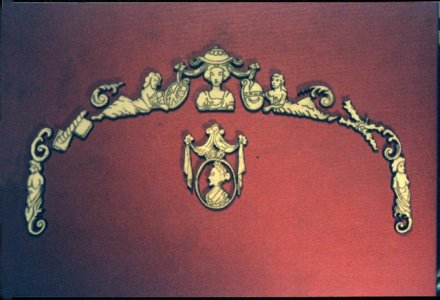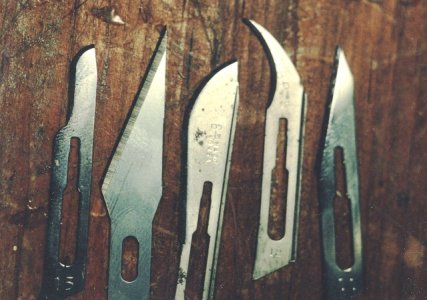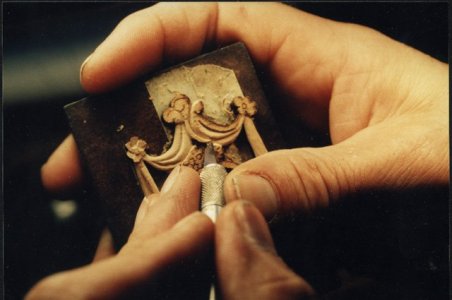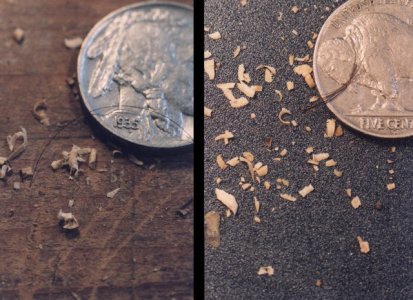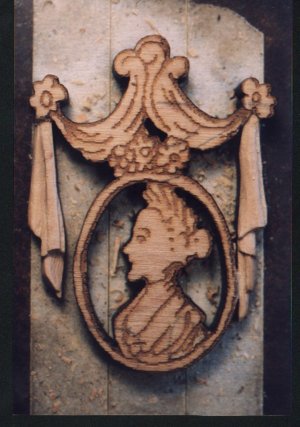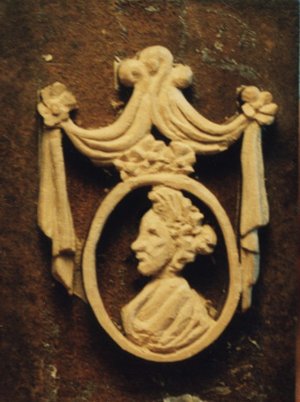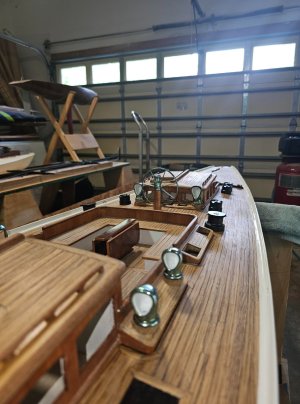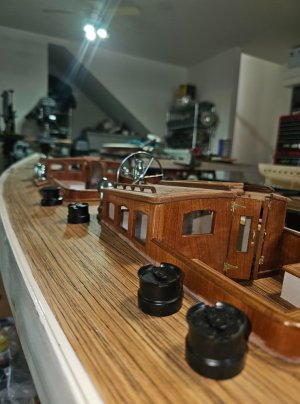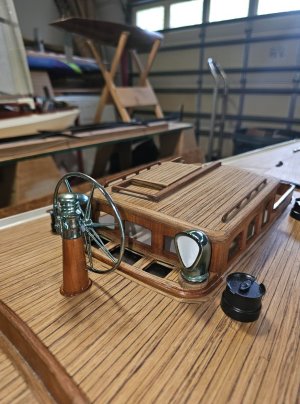- Joined
- Dec 1, 2016
- Messages
- 5,945
- Points
- 728

i have been selling timbering sets for Hahn models for years the problem before 3D printing was the stern carvings and figureheads. Many model builders loved the building of the models, but the carvings and figureheads were always an issue.
finally when 3D printing became possible that change everything almost, 3D modeling required skill and the cost of 3D printing made the timbering sets to expensive.
i had a couple options either job out the printing so i could include them with the timbering sets or invest in a resin printing set up, or have master prints printed and make molds and cast the parts. When i did the Alfred stern i realized even though you are working from plans what you end up building is never an exact match to the plans. what i found out either you build the model and scale the 3D parts to fit your built model or print the parts and build the model to fit the parts either way it required scaling. Then one night it came to me more and more builders have a 3d printer or know someone who does or use an on line print service, give away the STL files so a builder can print their own parts custom scaled to the model they are building.
finally when 3D printing became possible that change everything almost, 3D modeling required skill and the cost of 3D printing made the timbering sets to expensive.
i had a couple options either job out the printing so i could include them with the timbering sets or invest in a resin printing set up, or have master prints printed and make molds and cast the parts. When i did the Alfred stern i realized even though you are working from plans what you end up building is never an exact match to the plans. what i found out either you build the model and scale the 3D parts to fit your built model or print the parts and build the model to fit the parts either way it required scaling. Then one night it came to me more and more builders have a 3d printer or know someone who does or use an on line print service, give away the STL files so a builder can print their own parts custom scaled to the model they are building.


